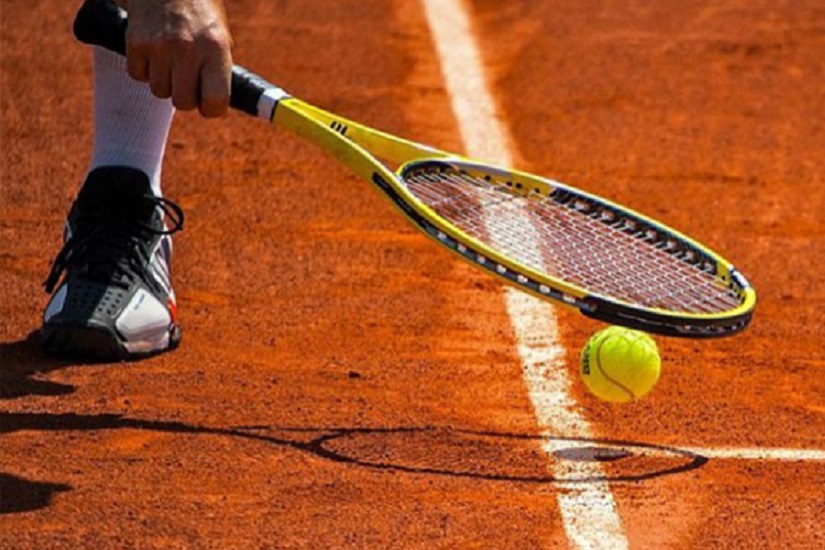
Tennis is a popular recreational sport that provides numerous physical and mental benefits. Whether you’re a beginner or an occasional player, selecting the right tennis racket is essential to enjoy the game to its fullest. With the wide array of options available on the market, choosing the right racket can be overwhelming for recreational players. In this article, we will guide you through the process of selecting the right tennis racket by considering factors such as weight, grip size, racket length, head size, and string pattern, among others. By following these guidelines, you can make an informed decision and find a racket that suits your playing style and skill level.
Determine Your Skill Level
The first step in choosing the right tennis racket for recreational play is to assess your skill level. Are you a beginner who is just starting out, or do you have some experience playing the sport? Understanding your skill level will help you select a racket that suits your current abilities and allows for progression as you improve.
Weight of the Racket
The weight of the racket is an important factor to consider. Lighter rackets are easier to maneuver, making them ideal for beginners or players who prioritize control and maneuverability. On the other hand, heavier rackets provide more power and stability, which can be advantageous for intermediate or advanced players. As a recreational player, it is generally recommended to opt for a racket on the lighter side, as it allows for easier control and reduces the risk of fatigue during longer matches.
Grip Size
Selecting the correct grip size is crucial for comfort and control during play. The grip size refers to the circumference of the racket handle. A grip that is too small can cause the racket to twist in your hand, leading to a lack of control. Conversely, a grip that is too large can strain your hand and limit your maneuverability. To determine the right grip size, measure the distance between the middle crease of your palm to the top of your ring finger. This measurement will help you find the appropriate grip size, which typically ranges from 4 inches to 4 5/8 inches.
Racket Length
The length of the racket can impact your reach and swing mechanics. Most adult rackets have a standard length of 27 inches, but longer and shorter options also exist. Longer rackets provide increased reach and power, but they may be more challenging to maneuver. For recreational players, a standard length racket is usually the most suitable choice, as it provides a balance of power and control.
Head Size
The head size of a racket is another important consideration. It refers to the surface area of the racket head. Larger head sizes, typically classified as oversized or midplus, offer more power and a larger sweet spot. This can be beneficial for recreational players who are still developing their technique and may not consistently hit the ball in the center of the strings. Smaller head sizes, known as midsize, provide more control but may require a higher level of skill to maximize their potential. For recreational players, a racket with an oversized or midplus head size (around 100 square inches or larger) is usually recommended, as it offers a good balance of power and control.
String Pattern
The string pattern refers to the arrangement of strings on the racket head. Rackets generally come in two types of string patterns: open (16×19 or 16×18) or dense (18×20 or 18×19). An open string pattern provides more spin potential and power, whereas a dense string pattern offers improved control and durability. As a recreational player, you may prefer an open string pattern for easier power generation and spin, unless you have a specific playing style that requires more control.
Demo Rackets and Professional Advice
When choosing a tennis racket, it is highly recommended to try out different options before making a final decision. Many tennis stores offer demo rackets that can be borrowed for testing on the court. This allows you to get a feel for the racket’s weight, balance, grip, and overall performance. Additionally, seeking advice from tennis coaches or professionals can be valuable, as they can provide expert guidance based on your playing style and skill level.
Consider your Budget
Finally, it is important to consider your budget when selecting a tennis racket. Rackets vary in price depending on their brand, materials, and technology. While high-end rackets may offer advanced features, recreational players can find excellent options within a more affordable price range. It is crucial to strike a balance between your budget and the features that are most important to you.
Conclusion
Selecting the right tennis racket for recreational play is a personal decision that depends on your skill level, playing style, and preferences. By considering factors such as weight, grip size, racket length, head size, string pattern, and seeking professional advice, you can find a racket that suits your needs and enhances your enjoyment of the game.

